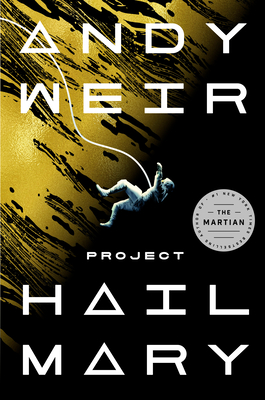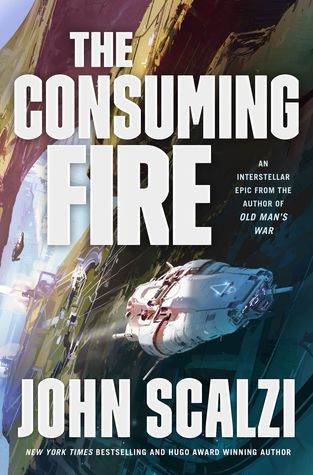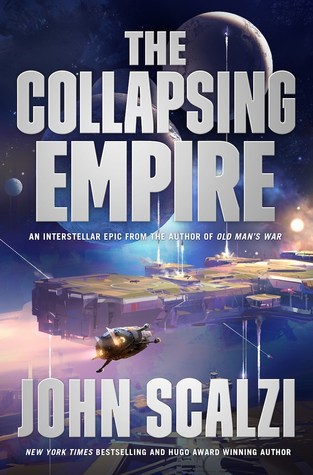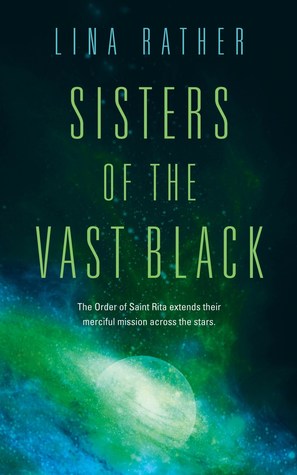
Title: Gwendy’s Final Task
Authors: Stephen King and Richard Chizmar
Narrator: Marin Ireland
Publisher: Gallery Books
Publication date: February 15, 2022
Print length: 408 pages
Audiobook length: 7 hours, 23 minutes
Genre: Thriller
Source: Review copy (ebook) via NetGalley; audiobook purchased via Chirp
Rating:
When Gwendy Peterson was twelve, a stranger named Richard Farris gave her a mysterious box for safekeeping. It offered treats and vintage coins, but it was dangerous. Pushing any of its seven coloured buttons promised death and destruction.
Years later, the button box re-entered Gwendy’s life. A successful novelist and a rising political star, she was once more forced to deal with the temptations that the box represented—an amazing sense of wellbeing, balanced by a terrifyingly dark urge towards disaster.
With the passing of time, the box has grown ever stronger and evil forces are striving to possess it. Once again, it is up to Gwendy Peterson, now a United States Senator battling the early symptoms of Alzheimer’s Disease, to keep it from them. At all costs. But where can you hide something from such powerful entities?
Gwendy’s Final Task is a wildly suspenseful and at the same time deeply moving novel in which ‘horror giants’ (Publishers Weekly) Stephen King and Richard Chizmar take us on a journey from Castle Rock to another famous cursed Maine city to the MF-1 space station, where Gwendy must execute a secret mission to save the world. And, maybe, all worlds.
Gwendy is back, and this time, she’s going out on her own terms.
Gwendy’s Final Task is the third in the unusual, bizarre, frightening, and inspiring trilogy focusing on a powerful central character, Gwendy Peterson, and the strange box that’s become inextricably intertwined with the main events of her notable life.
[I won’t recap the first two novellas, but if you’re interested, see my reviews of Gwendy’s Button Box and Gwendy’s Magic Feather to catch up on the backstory.]
Here in book #3, time has passed, and we’re now a few years in the future. It’s 2026, the COVID-19 pandemic has passed, although its impact is still felt, and 64-year-old Senator Gwendy Peterson is about to be launched into space on a privately funded mission to MF-1, the Many Flags Space Station in orbit around Mars. As a US Senator, she’s one of two civilian passengers on the mission — the other being Gareth Winston, the billionaire whose corporation provides the big bucks needed to further the US space project.
Gwendy also has a secret, or actually, two secrets. With her, in a sealed cased marked “confidential”, is the button box that’s followed her all her life. The presence of this confidential case piques the curiosity of her teammates, but she’s keeping its contents to herself. Also kept secret is Gwendy’s early onset Alzheimer’s. She’s faking it as best as she can, but there are days when she can’t even remember how to tie her shoes. As she prepares for launch, Gwendy can only hope that she can hold it together long enough to accomplish her final task.
As the story progresses, we learn more about how the box reentered her life for the third and final time, what her mission truly is, and what she’s done to prepare for it. We also learn more about the challenges and heartbreaks Gwendy has endured to get to this point. I couldn’t help but admire her for her dedication and perseverance — most of us would likely have given up in the same circumstances, but not Gwendy.
The plot moves forward at a fast pace, alternating between the recent past building up to the mission and the days onboard the space station during the mission itself. We see Gwendy’s struggles to keep her mind together, to focus on her task, and to both reassure the crew members about her own stability and to evade the suspicious behavior of the resident billionaire, who seems to be encroaching more and more into Gwendy’s personal space as the days go by.
The two previous Gwendy stories have been novellas, so I was curious going into Gwendy’s Final Task to see whether a full-length novel would fit with the mood and style of the previous installments. Fortunately, yes, it does — this 400+ page novel absolutely delivers, but never feels overstuffed or unnecessarily drawn out.
I love Gwendy as a person by this point, having seen her all the way from early teens through to her mid-60s. She’s strong, fierce, and determined, with an unbreakable moral core and a deep love for her family. She’s also been through a lot, and I felt her pain so keenly as she reflects on her losses and struggles to keep hold of her memories just a little bit longer.
While initially I though the premise far-fetched (how exactly would a Senator with Alzheimer’s ever make it through the intense screening required for a space mission?), eventually, it all makes sense. And even before I got to an explanation that helped connect the dots, I was immersed enough in the story to push my skepticism way to the side, so it never stopped me from enjoying the story as it unfolded.
For long-time King fans, there are lots of references to amuse and delight. There are plot points centered around the town of Derry, Maine (including a local’s description of hearing voices coming from the drains and another’s tale of being chased by a clown), and later, references to the Dark Tower as well. [Note: I never did get through the whole Dark Tower series, but I think I got the point here anyway.]
The audiobook narration is terrific. Marin Ireland is a gifted narrator, capturing Gwendy’s inner voice as well as describing the surroundings and events. She brings the crew members and ground control into the story very well, and gives an immediacy to all descriptions and dialogues. This is a change in narrator from the first two Gwendy audiobooks, but it didn’t feel jarring, and overall, was very well done.
There are creepy moments, one decidedly gross/icky scene, and plenty of existential dread and overarching terror. Still, by the end of the book, I was feeling very emotional about Gwendy herself and the conclusion of the story. Despite the horror and the thrills, the biggest takeaway for me was the heartbreaking beauty of Gwendy’s journey, and that’s really saying something.
This is a convincing and well-plotted conclusion to an unusual and inventive trilogy, and I’m so glad to have been along for the journey.


















